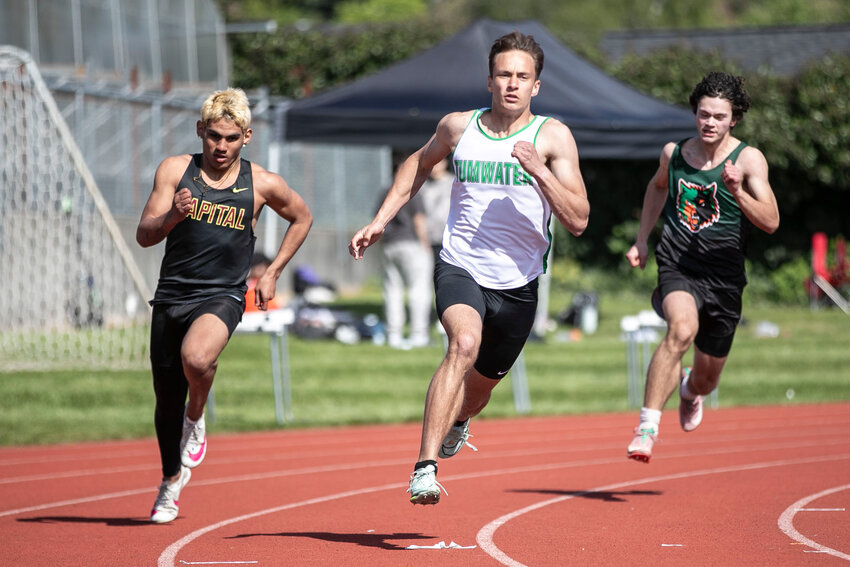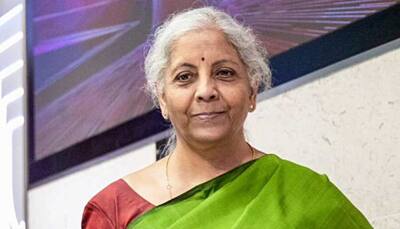The most successful influencers put their lives in the limelight—and their faces all over your social-media feed. They are relentless at self-promotion. But a new kind of creator is upending the internet’s traditional model of success.
Meet faceless influencers, who are attracting millions of followers and are quietly conquering social media, turning their anonymity into commercial gains. Their aesthetic is usually soothing, minimalist and domestic. Hands with glistening, manicured nails clasp iced coffees; nondescript figures lounge in cosy bedrooms.

Some accounts may show fleeting glimpses of an influencer’s profile. But all hide their identities as much as possible. On TikTok some 200,000 posts are tagged #Faceless; they have a combined 1.
1bn views. Facebook groups such as “Girls Gone Faceless" boast over 100,000 members. Camera-shy hopefuls can even take courses on becoming anonymous Instagrammers.
“Faceless creators have the same dedicated followings as traditional influencers," says Julia Markowitz of Emerald Woods Management, an influencer agency. “The only difference is that their followers are fascinated with their lifestyle, not their specific life." The internet has a history of anonymity, says Brooke Erin Duffy, an academic at Cornell University.
In the early days this meant unnamed bloggers and pseudonymous instant-messaging handles and meme accounts. However, social media and influencer culture have always emphasised personal identity. But viewers are now seeking out these invisible influencers.
Removing identity markers has made faceless influencing a more inclusive space, because the content is neutral. This often means it is easier to relate to, because audiences can imagine themselves there. Two things changed to give rise to the new faceless trend.
One was the success of Asia’s unnamed “silent vloggers", whose cinematic videos of daily life while stuck at home during the pandemic went viral. The second was the desire of people to make money as influencers without devoting their whole lives to it. Faceless influencers emerged when “The Gen Z corporate girl wanted to make money on the side of her nine-to-five without the effort of getting camera-ready," says Fallon Lowery, a talent manager for influencers.
Faceless influencers were also drawn to the incognito existence to avoid some of the harassment and hateful comments with which recognisable influencers are barraged. “The biggest advantage has been the freedom it provides," says Victoria Ortega, who goes by Elysian Living and has around 6m followers across Instagram, TikTok and YouTube. (She posts about oven deep cleans and even her skincare routine, but without ever showing her whole face.
) Brands, including Adobe and Amazon, have taken note of the appeal. “We have seen a huge uptick in brand collaborations with faceless creators," says Karim Nasri of Digital Streamers, an influencer marketing agency. Such deals are most common with consumer-product lines, including technology and home organisation, because they let the items—instead of the people showing them—take centre stage.
Faceless influencers may be thriving today, but they are not immune to pressures. Some wonder whether they are more likely to be displaced by accounts that use artificial intelligence to create content cheaply. Technology is now good enough for virtual influencers to be believable, cutting out the need for real people.
Influencers without famous personas and unique real-life backdrops can be easily generated by AI. There is also the risk of imitation by other influencers. “It can be challenging to differentiate myself since there’s no physical identity attached, so it’s important for me to always add a personal touch," such as a playful tone in her captions, says Ms Ortega.
But there is no guarantee of success. After all, faceless influencers’ biggest competition is not other creators but the recommendation algorithm—the most important invisible influencer of them all..
Business

Faceless influencers are becoming famous online

They are everywhere on social media. Just don’t ask what they look like












_0.jpg?itok=yAIF6nFK)

